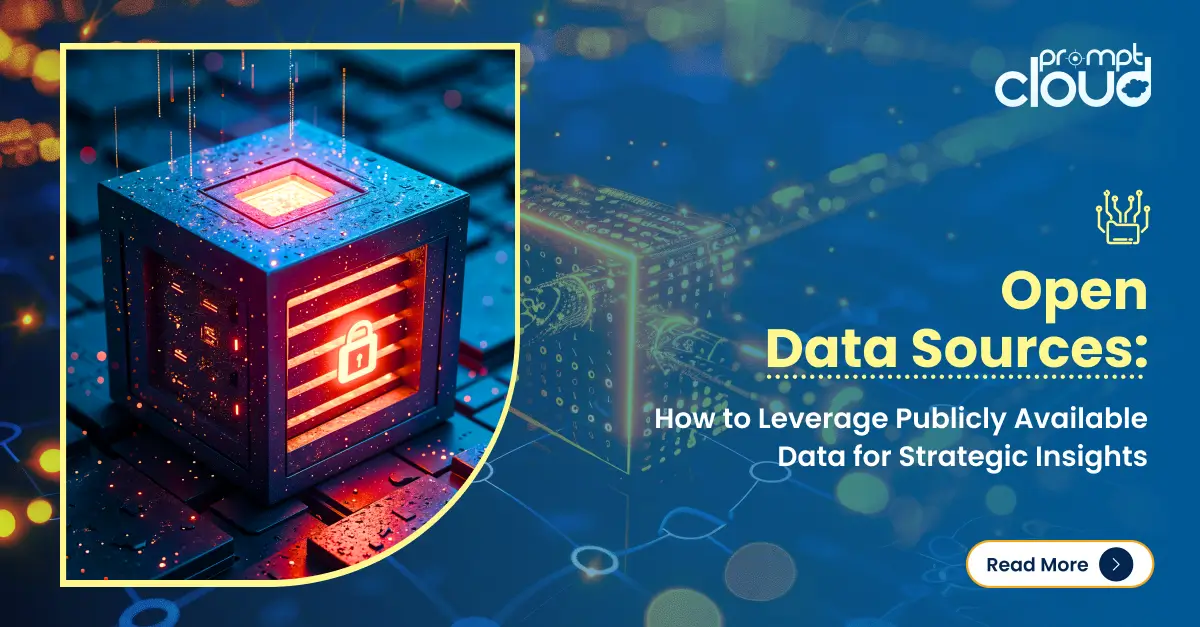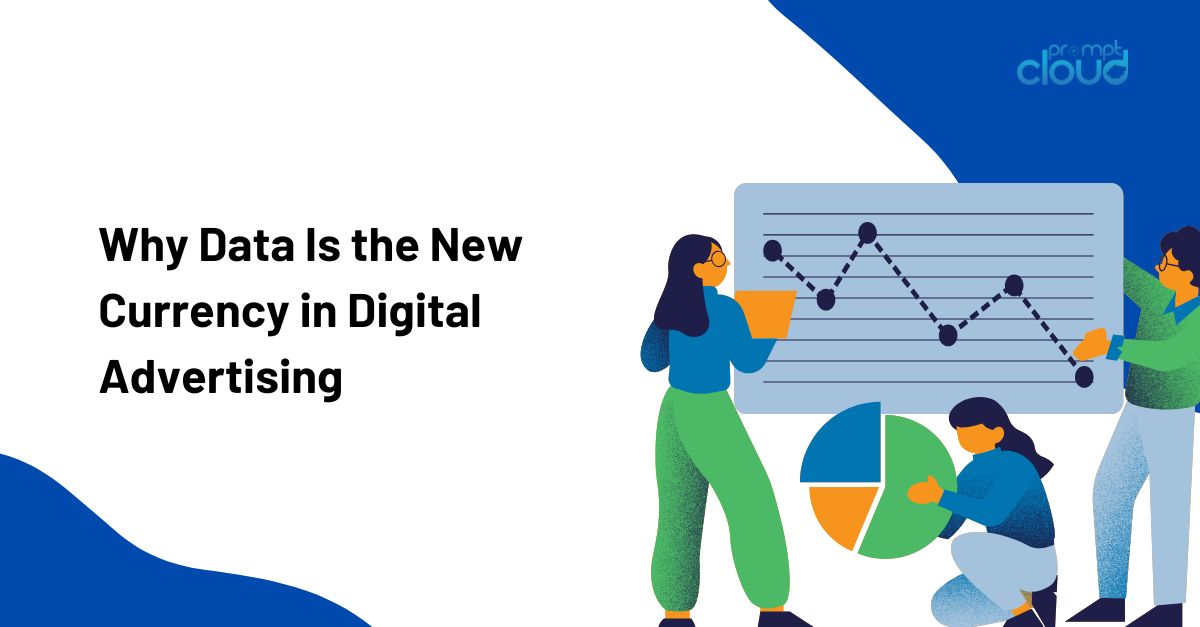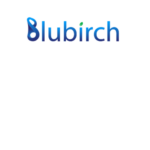Text mining is a fairly new playground for those who have been recently initiated into the world of automation and data scraping. Text Mining is one of the most important ways of drawing insights from and processing unstructured data: which, in essence, is over 80% of the data available. Even though we live in a world of ‘information overload’, most data strains available have to restructured and streamline fo fit to be valuable. Massive amounts of data are stored and harvested in data warehouses and cloud platforms as new data keeps pouring in by the second. This vast amount of data can barely be managed by businesses today ad storing, processing and analysing cannot be handled nay traditional tools anymore. Enter, text mining applications, text mining tools, and text mining techniques.
What Exactly is Text Mining?
Text mining very rudimentarily is simply deriving high-quality information from text. It explores the idea of making sense from seemingly jumbled streams of random data and structuring them into meaningful patterns. It is only then can we draw accurate regression models. Text mining incorporates the tools and process of information retrieval, data crawling, machine learning, statistical modelling, and hardcore coding. It is very multi faceted. To explain this further, the five essential steps involved in text mining are:
- Crawling: Mining unstructured and raw data from multiple sources: plain texts, web pages, pdfs, articles, just to name a few
- Cleansing: Detect and remove anomalies and outliers by activating data cleansing operations. Restructure: Streamline the ‘cleaned’ content into structured formats.
- Analyze: Use statistical modelling to draw insights and create prediction theories.
- Harvest: To hasten the process of decision making, it is paramount to store this all in a secure database which is democratised.
What are Some Text Mining Techniques?
These techniques are essentially mapping the input (mining unstructured texts) with the final output (drawing insights from it). There is a different process and kind of tool involved in each step.
Let us now look at the most widely used techniques in text mining:
1. Information Extraction
This is by far the most used mining technique. Information extraction involves extracting only bits of ‘meaningful’ data from massive chunks of textual data. This text mining technique is primarily based on recognizing the extraction of specific entities, attributes, and their synergies from unstructured texts. This is obviously then stored on the cloud for easy retrieval. Precision processes are used to constantly check on the efficacy of this technique.
2. Information Retrieval
This refers to the process of culling out portions of text based on a specific set of words and the pattern they create. This is based on user search intent, trending keywords, user behaviours. Information retrieval uses machine learning at large to make use of different algorithms to mimic the online behaviour of a user. The best search engines are made almost entirely on this. Google and Yahoo are of course the most renowned platforms that use information retrieval by and large.
3. Categorization
This essentially uses the help of another cool kid on the block: Natural Language Processing (NLP). Supervised learning at its core, in NLP normal language texts are mapped to a predefined set of categories depending upon the content. Thus, creating a process of accumulating text documents and analyzing them to discover the correct indices for each such specified document. This co-referencing method help in mining relevant synonyms and abbreviations from textual data. Natural Language Processing has become the most sought after process used to compartmentalise web pages in hierarchy and aid search engines. This has helped all online users to get very specific search results.
4. Clustering
This text mining technique identifies innate structures and patterns in text-based information and organises them into ‘clusters’ for inspection and analysis. This is usually done as a precursor before using another text mining technique.
5. Summarisation
This technique does exactly what it says. It creates condensed versions of large chunks of texts. You don’t have scour through reams of texts this way: only analyse the ‘summary’. Text summarisation usually comprises of various methods that use text condensation techniques like decision trees, neural networks, and swarm intelligence.
Where Do We Really Need Text Mining?
The real question to ask is, where can we not use text mining? It has penetrated in the least expected parts of our online live. Let us walk you through an area where it has had the most impact inarguably, customer service.
Customer service is the very heart of every business. We are not saying that. The data is. A whopping 96% of customers consider it a decisive factor when it comes to brand loyalty.
Brands need to be quick and personalised and empathetic towards their customers. This can be their big differentiator. But how can large-scale business keep up with the plethora of complains and FAQs and not give a cookie-cutter response to all? Well, they can use text mining to automate the entire CRM and ORM journey. How?
1. Automate the Ticket Tagging Process
This is a boring and repetitive task hence automated ticket tagging is the most viable solution. Text mining makes it possible to identify categories and tag each raised ticket automatically.
2. Automate Your Ticket Routing and Triage Process
Apart from just categorising, the service team needs to route them to the team who can deal with the issue. A text mining service allows you to automatically route and triage tickets.
3. Prioritising
Train a text mining model to detect urgency on a given ticket automatically is a very smart move.
4. Sentiment Analysis
Text mining can help analyze NPS responses super fast and very accurately. By using a simple text classification model, the main topics that the customers are talking about currently can be flagged. Relevant keywords can also be culled out. You can also use sentiment analysis to figure the exact relationship a consumer is publicly displaying with your brand.
5. Product Reviews
90% of people trust online reviews just as much as one-on-one recommendations. That is massive, right? So how do we automate this using text mining techniques? Perhaps you have just released a gaming app on the App Store and yo want to analyse all the reviews posted there. By using a text mining model, you could segregate reviews into different headings like price, quality, compatibility, features etc. Analyzing all of this separately, will provide you with real-time insights about everything your customers are saying about you. This will help you make data backed improvements and give the customer exactly what they seek.
6. Customer Survey Forms
Text mining is a powerful way to conduct market reproach and to draw insights from post-purchase surveys: the whole range. All the responses you receive can be tagged automatically through a robust machine learning model.
No matter what the nature of your business is, you will need a very solid customer service model. It is not the time to have humans do any of this manually. It is time for them to teach machines how to do it for them. Only roadway to the real future!



















































